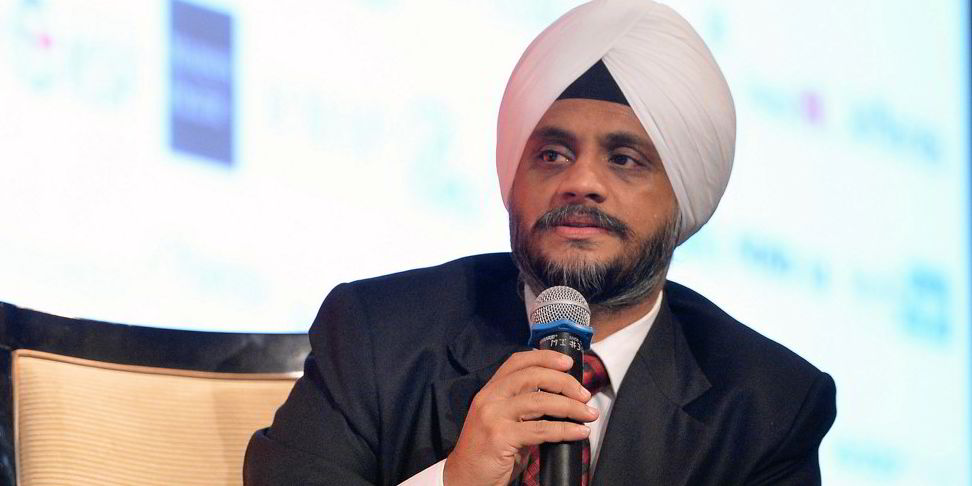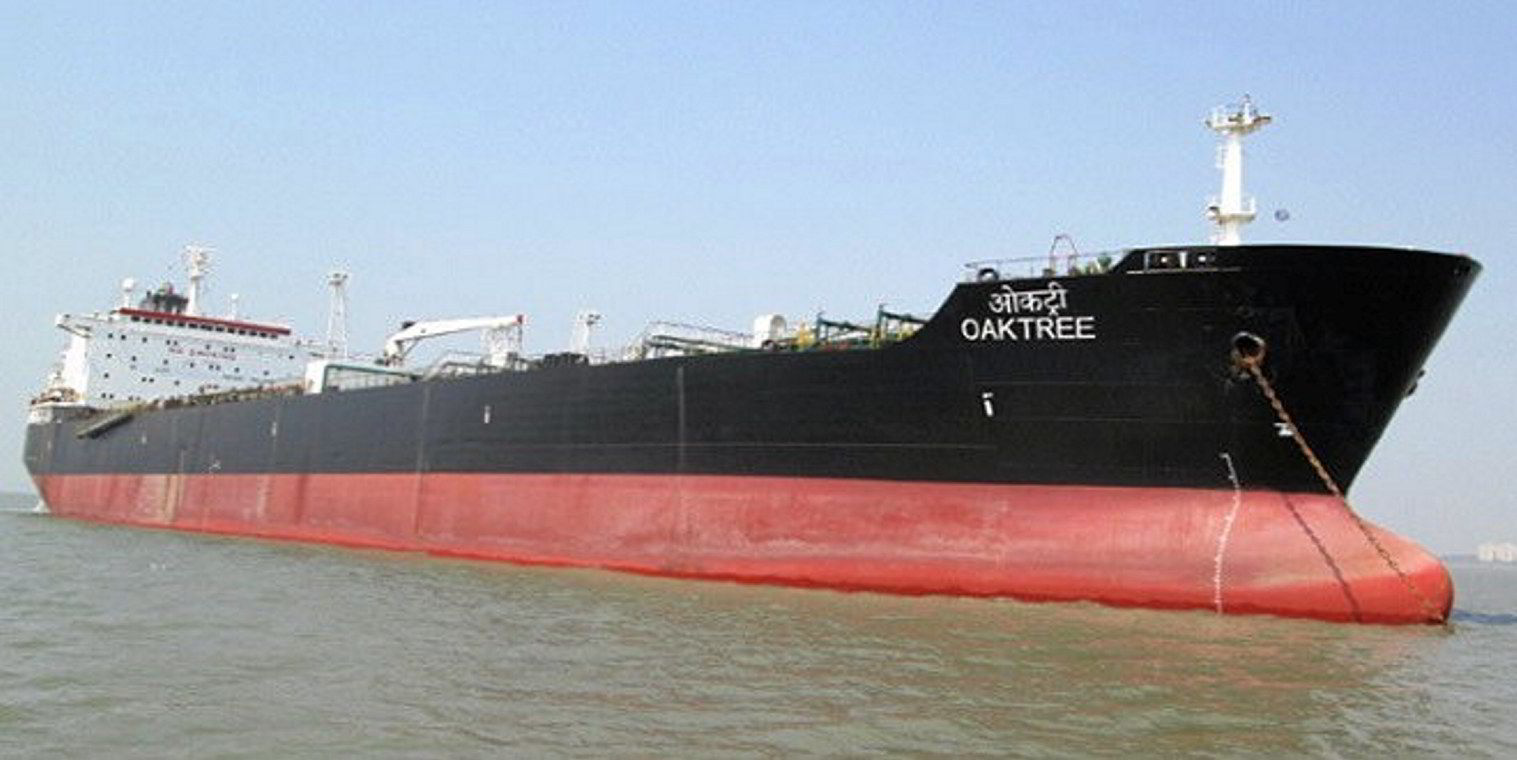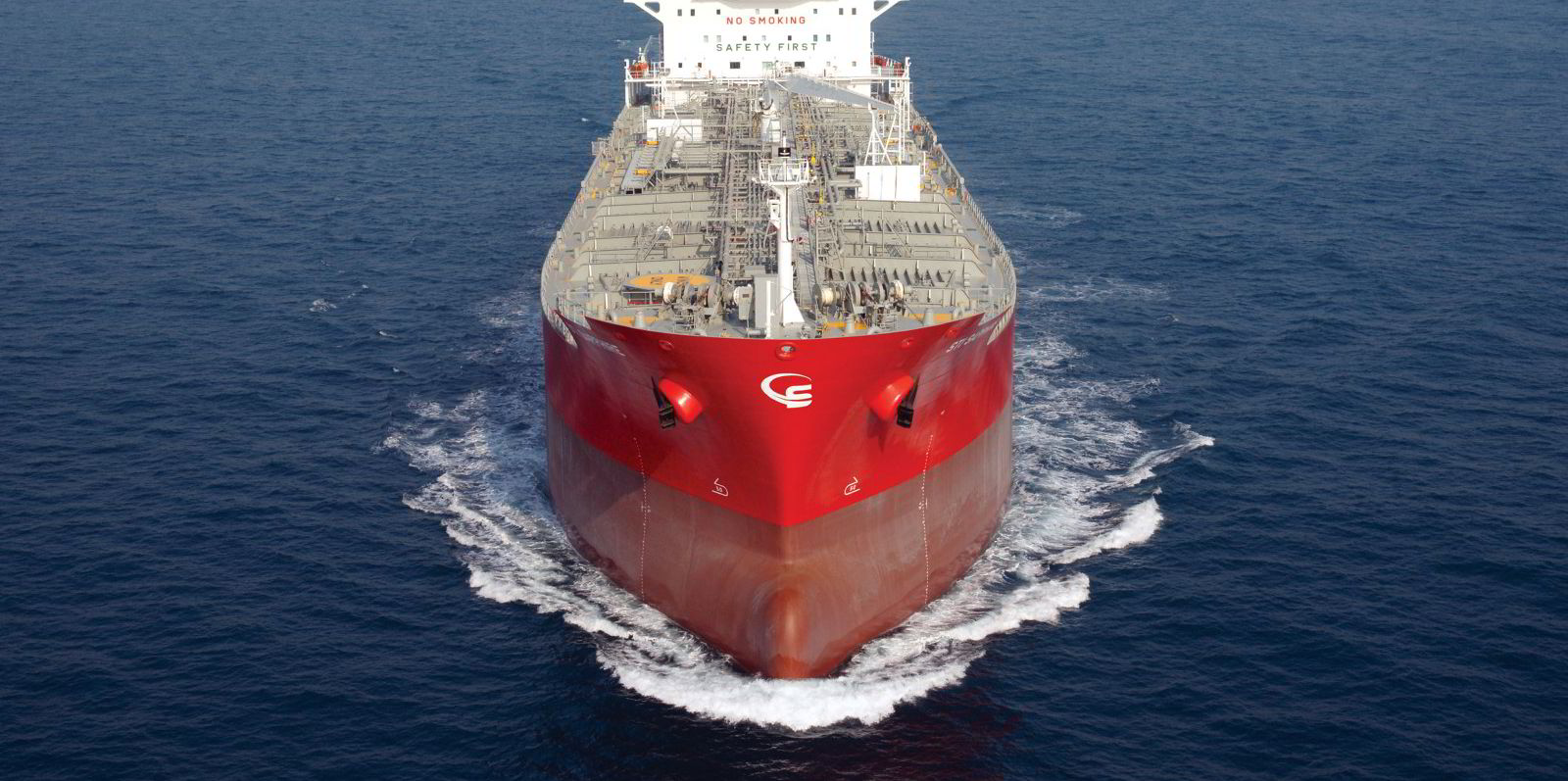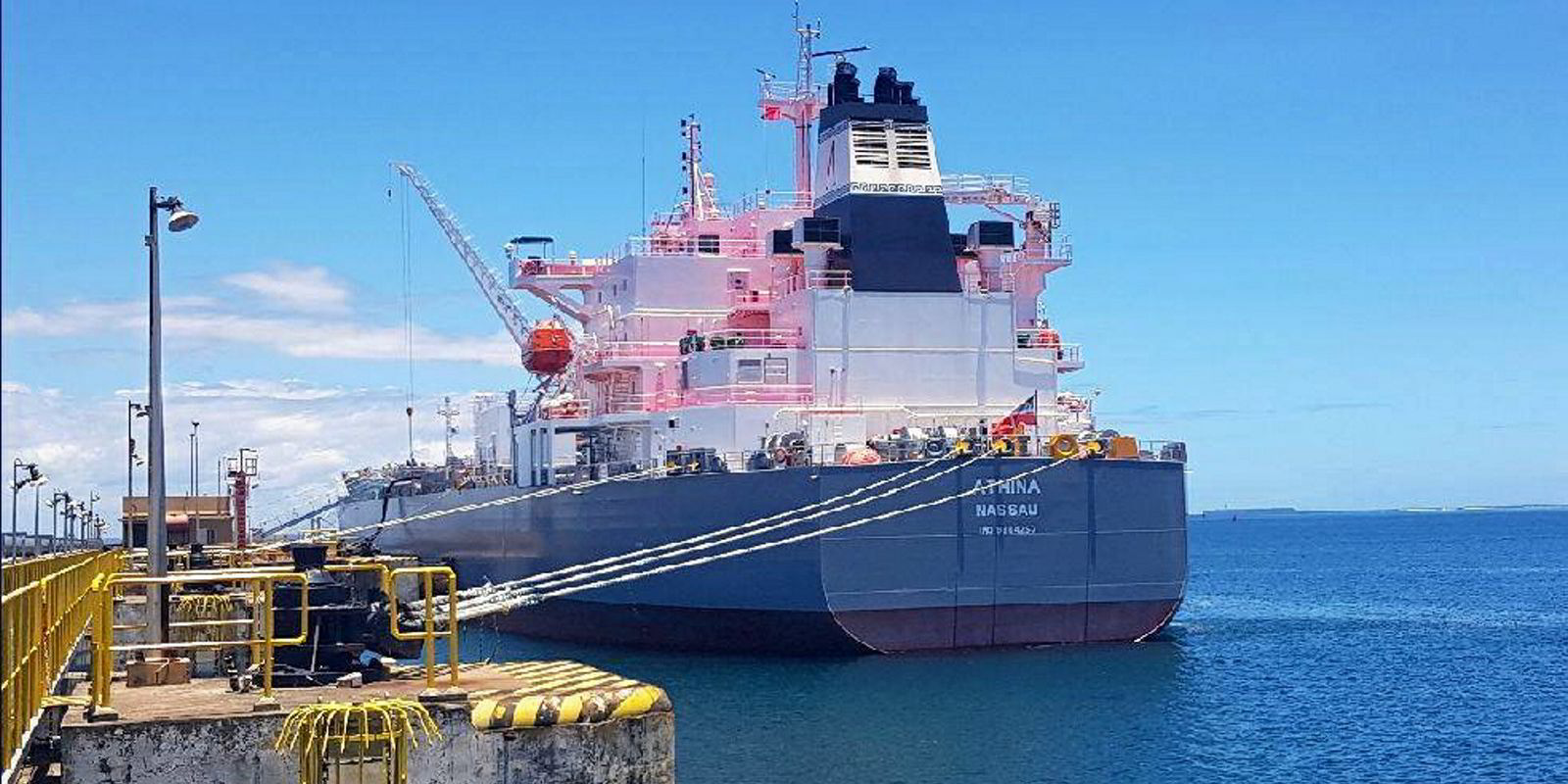An increasing number of older MRs or handysize tankers are set to leave the mainstream fleet for coastal trades over the next few years, according to Braemar.
Growing volumes on the trades as they recover from a Covid-induced hit as well as an ageing fleet will be the main drivers, said Anoop Singh, Braemar’s head of tanker research.
More than 50 MR or handysize tankers are dedicated to moving crude oil and products in intra-country, mostly in cabotage trades.
Braemar defines a ship as a dedicated coastal trader if it has only traded within a single country for the previous 12 months. Most such vessels are also flagged in their country of operation.
“Coastal traders are most prolific in Asia Pacific and Latin America,” according to Singapore-based Anoop.
This is largely because they have coastal refining and storage hubs and, therefore, require tankers to redistribute crude and products within regional trades.
Intra-country trades in countries in South East Asia are also driven by archipelagic geology, with the region accounting for nearly 20 of the 50 odd MR/handysizes, with most of those deployed on trades within Indonesia’s islands.
“While the global intra-country coastal trade has recovered in the last nine months, volumes still lag the pre-pandemic levels,” said Anoop.

“The International Energy Agency tells us to expect a steady recovery in oil demand in Asia Pacific over the next 12 to 18 months, led by China and India which account for about half the coastal MR/handies.
“A return to the 2019 level of coastal trade would require 10 more MR/handies. These will most likely need to be pulled away from the international trading fleets,” the broker added.
Anoop said India’s coastal trade has been an outlier with volumes multiplying from almost nothing in 2016 to an annualised level of nearly 6m tonnes per year in the first half of 2022.
“Consequently, the number of vessels needed to carry that trade has doubled to 12 dedicated vessels,” he said.
“This surge in India’s coastal trade has come because of rapid, policy-driven, port-infrastructure development and a steady rise in India’s domestic oil demand. Both factors have further legs to run in our view.”
Two-thirds of the MRs/handysizes on coastal trades are currently 20 years or older. However, Chinese coastal trades absorbed a handful of younger vessels under 10 years of age between 2010 and 2015, when the country rapidly expanded its refinery capacity.
In addition, more developed countries’ — for instance Japan and South Korea — ships enter cabotage trades at younger ages as well.
Besides growth, there is also replacement demand, said Anoop.
“MR/handies in the coastal trade tend to be scrapped mostly after they have turned 25 years of age. As of now, there are about 13 vessels in that age segment,” he said.
“However, that number will triple over the next two years, with 25 more ships in coastal trades likely to tick past their 25th anniversary.”





